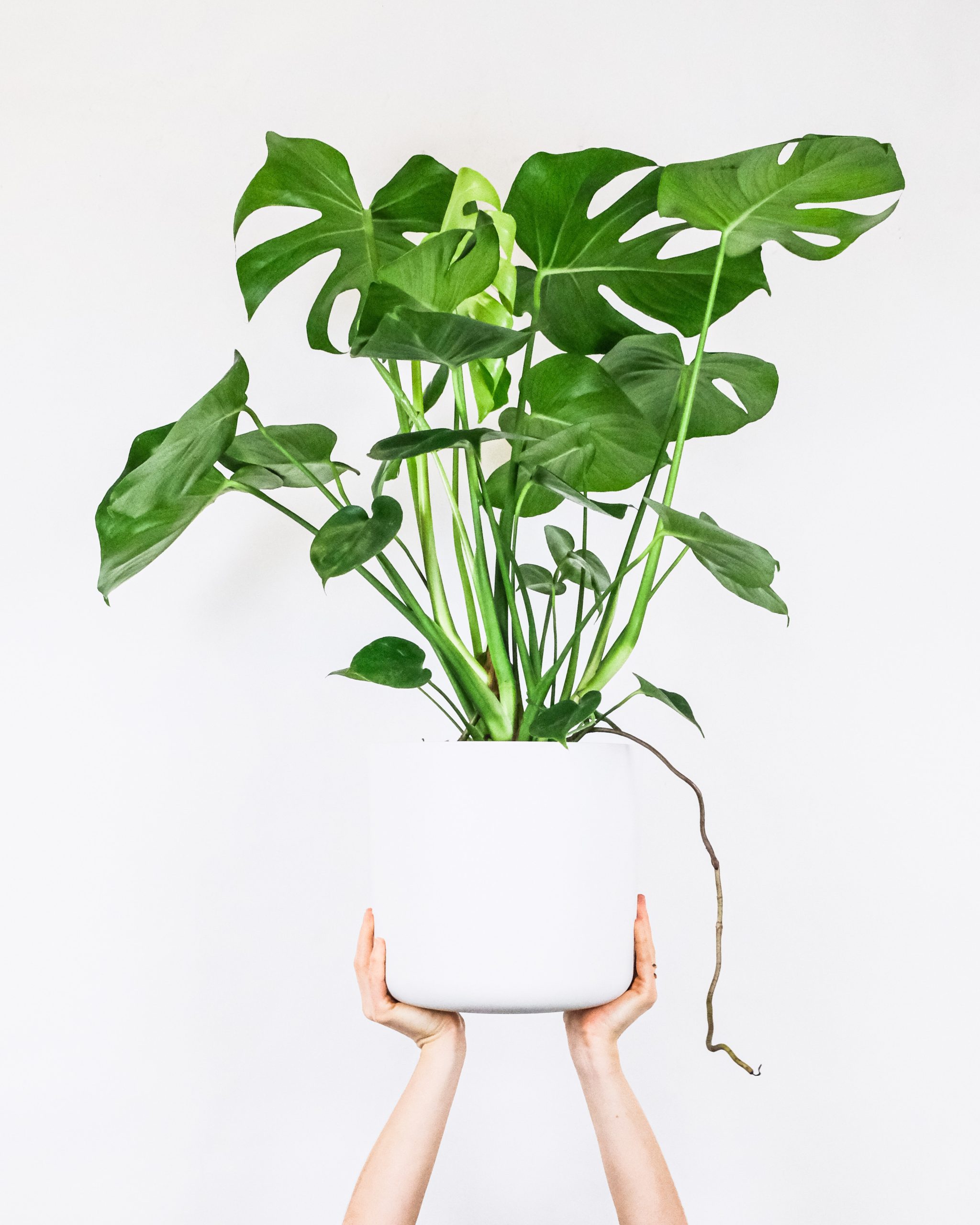Houseplants are a great way to bring a touch of nature into your home. They not only add beauty to your living space but also provide numerous health benefits. However, taking care of houseplants can be a daunting task, especially if you are new to gardening. In this article, we will take a detailed look at the care of some of the most common houseplants, including snake plants and pothos.
Snake Plants
Snake plants, also known as Sansevieria, are one of the most popular houseplants due to their low maintenance and air-purifying properties. These plants are native to West Africa and can grow up to 4 feet tall. Here are some tips for taking care of snake plants:
Light: Snake plants can tolerate a wide range of light conditions, from low to bright indirect light. However, they prefer bright, indirect light.
Water: Snake plants are drought-tolerant and can go for weeks without water. It is important to let the soil dry out completely between waterings to prevent root rot.
Soil: Snake plants prefer well-draining soil. A mixture of potting soil and sand or perlite works well.
Temperature: Snake plants prefer temperatures between 60-85°F (15-29°C).
Pests: Snake plants are generally pest-resistant, but can be susceptible to mealybugs and spider mites. Regularly inspect your plant for signs of pests and treat with neem oil if necessary.
Pothos
Pothos, also known as Devil’s Ivy, is another popular houseplant due to its low maintenance and trailing vines. These plants are native to the Solomon Islands and can grow up to 10 feet long. Here are some tips for taking care of pothos:
Light: Pothos can tolerate a wide range of light conditions, from low to bright indirect light. However, they prefer bright, indirect light.
Water: Pothos prefer to be kept slightly moist, but can tolerate periods of drought. It is important to let the soil dry out partially between waterings to prevent root rot.
Soil: Pothos prefer well-draining soil. A mixture of potting soil and perlite or vermiculite works well.
Temperature: Pothos prefer temperatures between 60-85°F (15-29°C).
Pests: Pothos are generally pest-resistant, but can be susceptible to mealybugs and spider mites. Regularly inspect your plant for signs of pests and treat with neem oil if necessary.
Conclusion
Taking care of houseplants can be a rewarding experience, but it is important to understand the specific needs of each plant. Snake plants and pothos are two of the most common houseplants due to their low maintenance and air-purifying properties. By following the tips outlined in this article, you can ensure that your plants thrive and add beauty to your living space.




